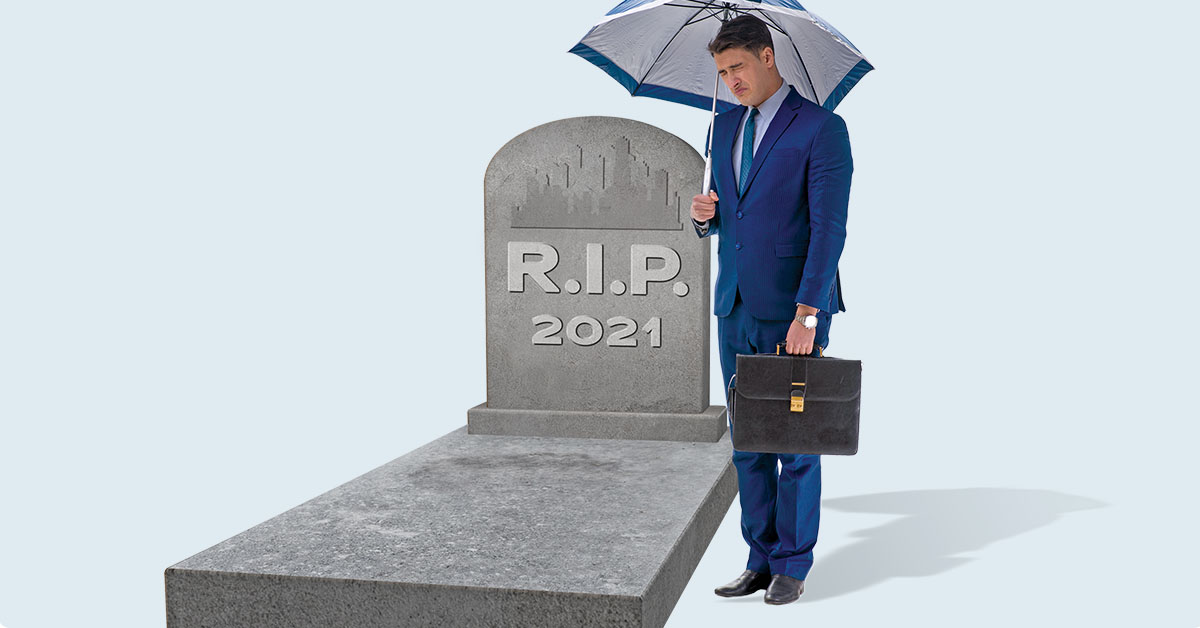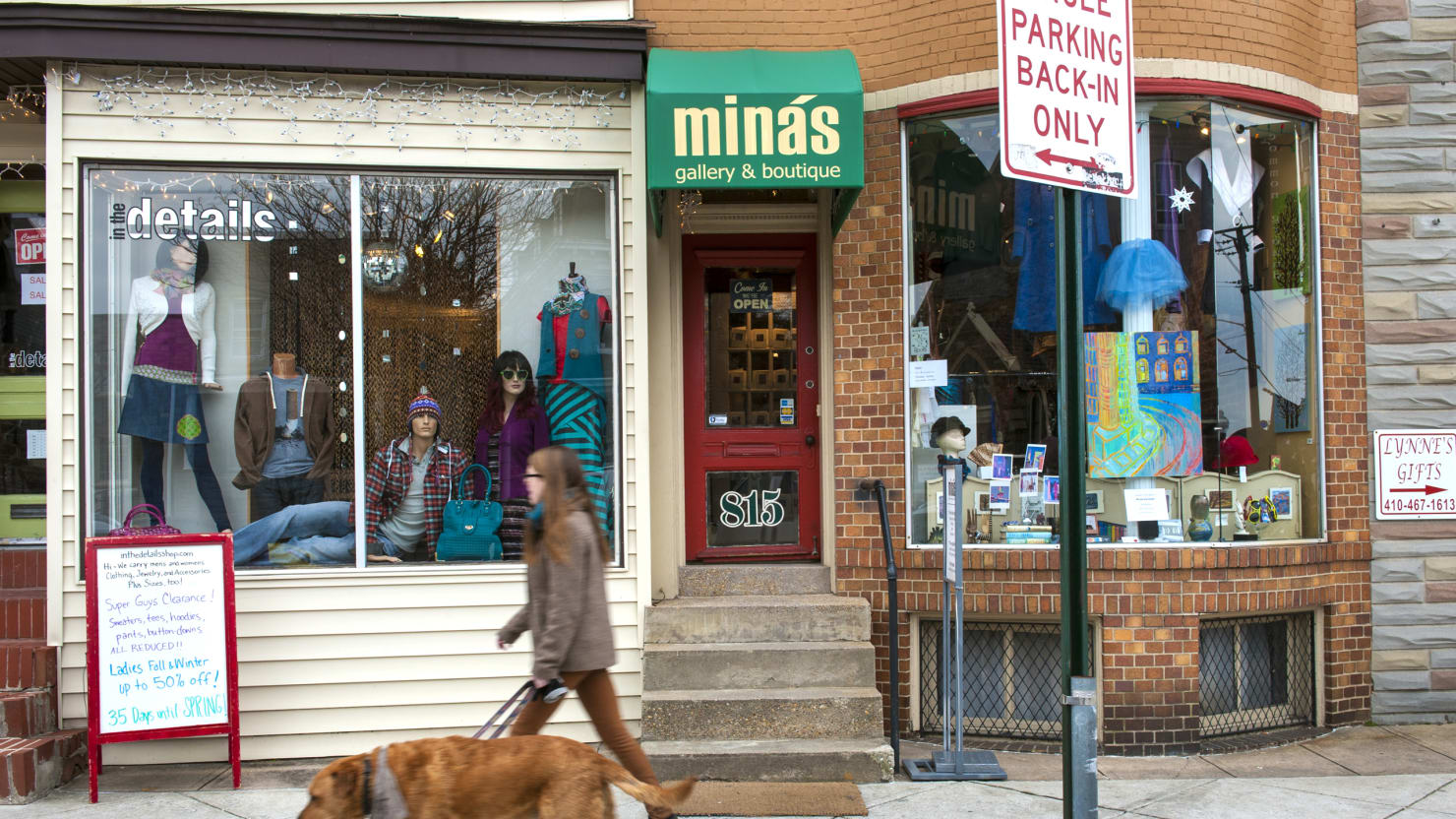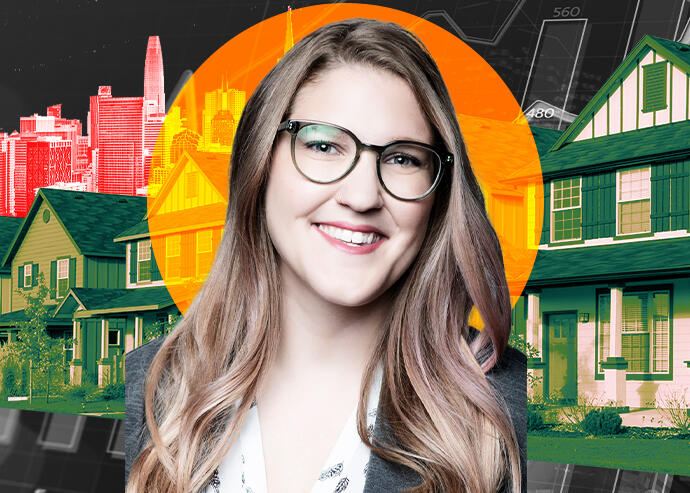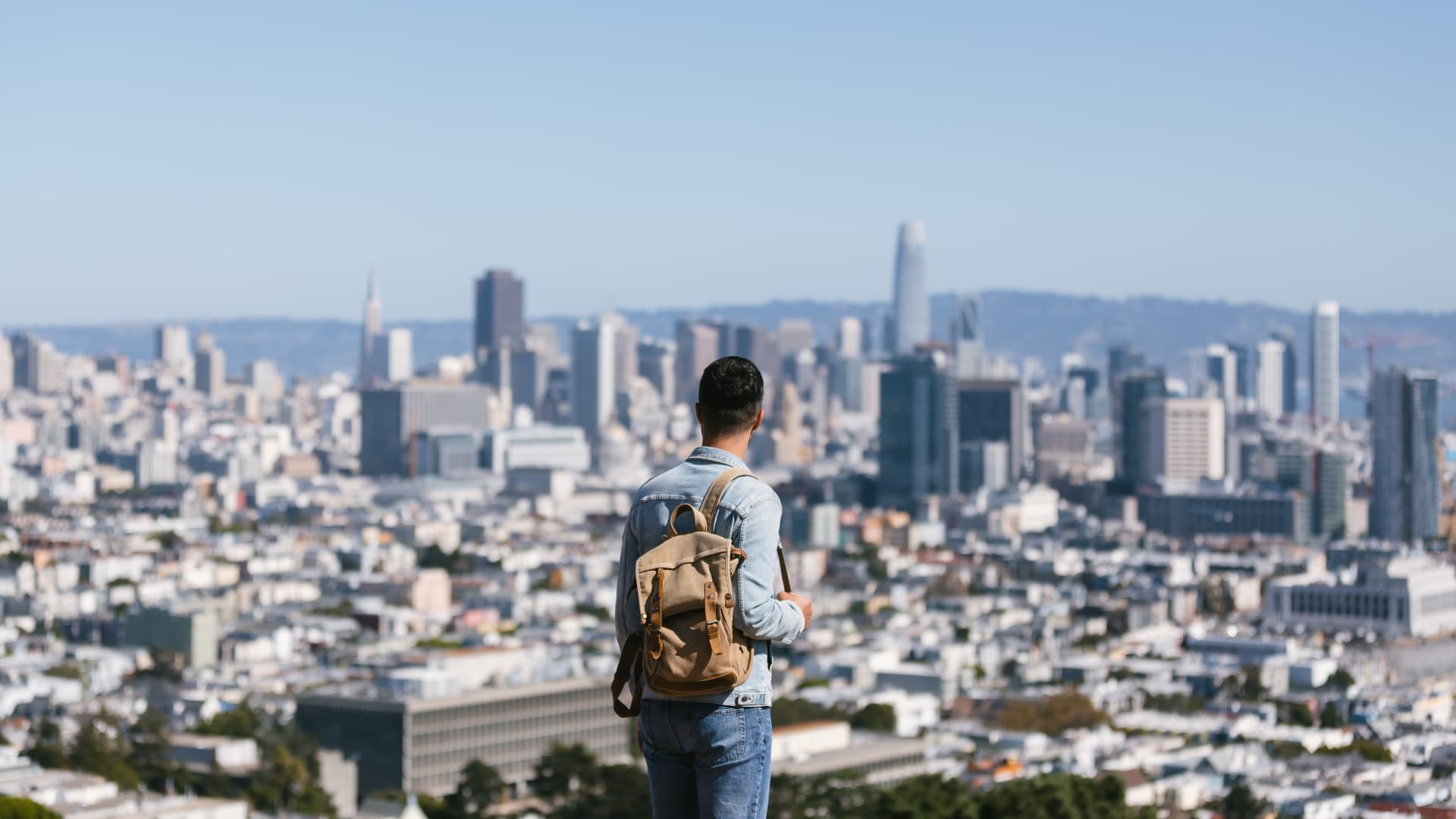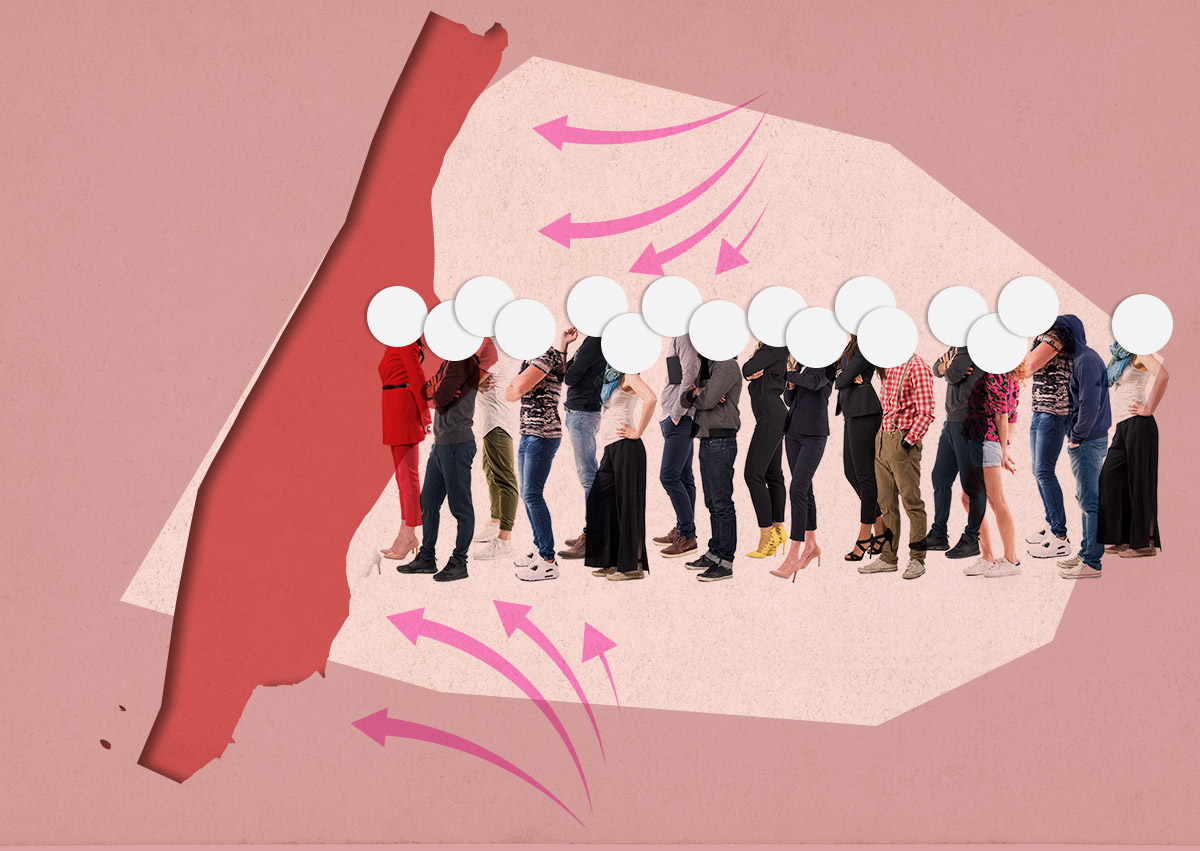Cities are going to need to deal with increasing costs and decreasing revenues. The model for Real Estate taxation in NYC has been broken for a long time, everyone wants it reformed, but no one has the will to fix it. Remember former Mayor De Blasio promised and failed. But it's more than that evidenced by the MTAs dire financial report today.
What seemed like a transitory step to avoid infection has become a major force driving the future direction of urban America.

www.nytimes.com
How a ‘Golden Era for Large Cities’ Might Be Turning Into an ‘Urban Doom Loop’
Mr. Edsall contributes a weekly column from Washington, D.C., on politics, demographics and inequality.
Sign up for the Opinion Today newsletter Get expert analysis of the news and a guide to the big ideas shaping the world every weekday morning. Get it sent to your inbox.
The past 30 years “were a golden era for large cities,”
Stijn Van Nieuwerburgh, a professor of real estate and finance at Columbia Business School,
wrote in November 2022: “A virtuous cycle of improving amenities (educational and cultural institutions, entertainment, low crime) and job opportunities attracted employers, employees, young and old, to cities.”
New York, Los Angeles, Boston and San Francisco, Van Nieuwerburgh continued, “became magnets for the highest-skilled employees and the top employers, with particular concentrations in finance and technology.” In late February and early March 2020, the Covid-19 pandemic hit New York and other population hubs. In Van Nieuwerburgh’s telling, the Covid-19 crisis “triggered a massive migration response. Many households fled urban centers. Most of these Covid migrants moved to the suburbs.”
As the pandemic endured and subsequent coronavirus variants prompted employers to postpone return-to-office plans, Van Nieuwerburgh noted, “Covid-induced migration patterns began to take on a more persistent character. Many households transitioned from temporarily renting a suburban home to purchasing a suburban home.”
In Van Nieuwerburgh’s view — and that of many of his colleagues — what seemed like a transitory step to avoid infection has become a major force driving the future direction of urban America.
Scholars are increasingly voicing concern that the shift to working from home, spurred by the Covid pandemic, will bring the three-decade renaissance of major cities to a halt, setting off an era of urban decay. They cite an
exodus of the affluent, a surge in
vacant offices and
storefronts, and the prospect of declining
property taxes and
public transit revenues.
Insofar as fear of urban crime grows, as the number of homeless people increases and as the fiscal ability of government to address these problems shrinks, the amenities of city life are very likely to diminish.
Jacob Brown, a postdoctoral fellow at Princeton’s Center for the Study of Democratic Politics, elaborated in an email on the consequences for cities of the more than 20 percent of urban employees now working full or part time from home:
With respect to crime, poverty and homelessness, Brown argued:
“The more dramatic effects on urban geography,” Brown continued,
My Times colleague Nicholas Fandos documented the damage that even the perception of rising crime can inflict on Democrats in a Nov. 27 article, “
Meet the Voters Who Fueled New York’s Seismic Tilt Toward the G.O.P.”: “From Long Island to the Lower Hudson Valley, Republicans running predominantly on crime swept five of six suburban congressional seats, including three that President Biden won handily that encompass some of the nation’s most affluent, well-educated commuter towns.”
And on Tuesday, Mayor Eric Adams of New York announced a plan to subject severely mentally ill people who are found on subways or city streets to
involuntary hospitalization.
Nicholas Bloom, an economist at Stanford, described some of the economic forces at work in an email:
Compounding the problem, Bloom continued:
These difficulties for cities will not go away any time soon. Bloom provided data showing strong economic incentives for both corporations and their employees to continue the work-from-home revolution if their jobs allow it:
First, “Saved commute time working from home averages about 70 minutes a day, of which about 40 percent (30 minutes) goes into extra work.” Second, “Research finds hybrid working from home increases average productivity around 5 percent and this is growing.” And third, “Employees also really value hybrid working from home, at about the same as an 8 percent pay increase on average.”
In the case of New York, Bloom wrote that he is “reasonably optimistic in the long run” and “current office leasing markets are soft but not in collapse.”
That view is not shared by three other experts in real estate economics,
Arpit Gupta of N.Y.U.’s Stern School of Business,
Vrinda Mittal of the Columbia Business School and Van Nieuwerburgh. They anticipate disaster in their September 2022 paper, “
Work From Home and the Office Real Estate Apocalypse.”
“Our research,” Gupta wrote by email,
In their paper, the three authors “revalue the stock of New York City commercial office buildings taking into account pandemic-induced cash flow and discount rate effects. We find a 45 percent decline in office values in 2020 and 39 percent in the longer run, the latter representing a $453 billion value destruction.”
Extrapolating to all properties in the United States, Gupta, Mittal and Van Nieuwerburgh write, the “total decline in commercial office valuation might be around $518.71 billion in the short run and $453.64 billion in the long run.”
Their conclusions are not necessarily cast in concrete, but they are bleak:
In a separate email, Van Nieuwerburgh warned:
In his November 2022 paper, “
The Remote Work Revolution: Impact on Real Estate Values and the Urban Environment,” Van Nieuwerburgh writes:
As major cities are caught in a downward fiscal spiral, the forces driving the process will be felt in varying stages. The loss of transit ridership fares and sales taxes is immediate; declining residential, retail and office property taxes will take longer to phase in as new appraisals are performed; drops in income tax revenues will occur as families moving outside city limits change their legal residence.
One of the major consequences of these patterns,
Jessica Trounstine, a political scientist at the University of California, Merced, wrote in an email, “has been segregation in fiscal capacity within metro areas.” In most cases, she suggested, “the people who will leave cities will likely be higher income and whiter than the people who stay. This means that prior patterns will only be amplified, not reversed.”
There are a number of ways to describe the changing character of urban America and the ever-evolving nature of post-pandemic life.
Trace Hadden Loh, a Brookings fellow, wrote in an email that one way to view an urban downtown is like “a natural ecosystem” that has received a major shock:
Just as the pandemic has caused a surge in telework, Loh wrote, “it also caused a
huge surge in unsheltered homelessness because of existing
flaws in America’s housing system, the end of federally funded relief measures, a mental health
care crisis and the
failure of policies of isolation and confinement to solve the pre-existing homelessness crisis.”
The upshot, Loh continued,
Some urban experts have a less pessimistic outlook.
Edward Glaeser, an economist at Harvard and an author, with
David Cutler, of the 2021 book “
Survival of the City: The Future of Urban Life in an Age of Isolation,” wrote by email: “Conventional economic theory suggests that real estate markets will adjust to any reduction in demand by reducing price. Some of this has already happened in commercial real estate.” Glaeser also noted that “many businesses that thought that they were priced out of N.Y.C., San Francisco and Boston markets will reconsider if commercial prices are 30 percent lower.”
In fact, Glaeser argued, while
The nation, Glaeser continued, is
Progressive mayors, according to Glaeser,
In the short run, Glaeser wrote,
Richard Florida, a professor of economic analysis and policy at the University of Toronto, stands out as one of the most resolutely optimistic urban scholars. In his August 2022 Bloomberg column, “
Why Downtown Won’t Die,” Florida asks, “Can America’s iconic downtowns survive?” His answer:
What the Covid-19 pandemic has done, Florida argues, “is to accelerate a set of changes in our downtowns that were already underway. Vestiges of the industrial age, they were gradually evolving from the one-dimensional, work-only central business districts of the 1950s, ’60s and ’70s.”
In an email, Florida wrote that many urban central business districts are “relics of the past, the last gasp of the industrial age organization of knowledge work, the veritable packing and stacking of knowledge workers in giant office towers, made obsolete and unnecessary by new technologies.”
Now, he argued, “Downtowns are evolving away from centers for work to actual neighborhoods. Jane Jacobs titled her seminal 1957 essay, which led in fact to ‘The Death and Life of Great American Cities,’ ‘
Downtown Is for People’ — sounds about right to me.”
Despite his optimism, Florida acknowledged in his email that
Florida made the case in his email that cities have become critically important incubators:
While the future path of cities remains uncertain,
Patrick Sharkey, a sociologist at Princeton, provided an overview of the problems they face:
The result?
In a paper from September, “
Working From Home Around the World,” Nicholas Bloom, whom I cited earlier, and five colleagues argue that “the implications for cities are more worrisome. The shift to working from home reduces the tax base in dense urban areas and raises the elasticity of the local tax base with respect to the quality of urban amenities and local governance.”
There is reason for both apprehension and hope. Cities across time have proved to be remarkably resilient and have survived infectious diseases such as bubonic plague, cholera, smallpox and polio. The
world population, which stands today at eight billion people, is
57 percent urban, and because of the productivity, innovation and inventiveness that stems from the creativity of human beings in groups, the urbanization process is quite likely to continue into the foreseeable future. There appears to be no alternative, so we will have to make it work.


